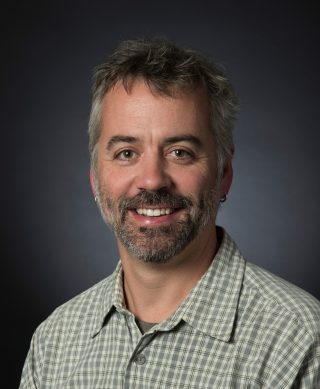In the hustle that often characterizes the two in-port days before a cruise, it is easy to get lost in the details. Together with my co-chief scientist on this cruise, Dr. Anna Michel, our focus on these details has spanned more than two years of planning, scheming, designing, building, redesigning, rebuilding, testing, ordering, and packing. In fact, Anna and I came up with the focal point of this research cruise, that is – the underwater analysis of rising bubble plumes from the seafloor – after an opportunistic experience sampling and analyzing bubbles from the crater of an active volcano in 2014 in the Caribbean.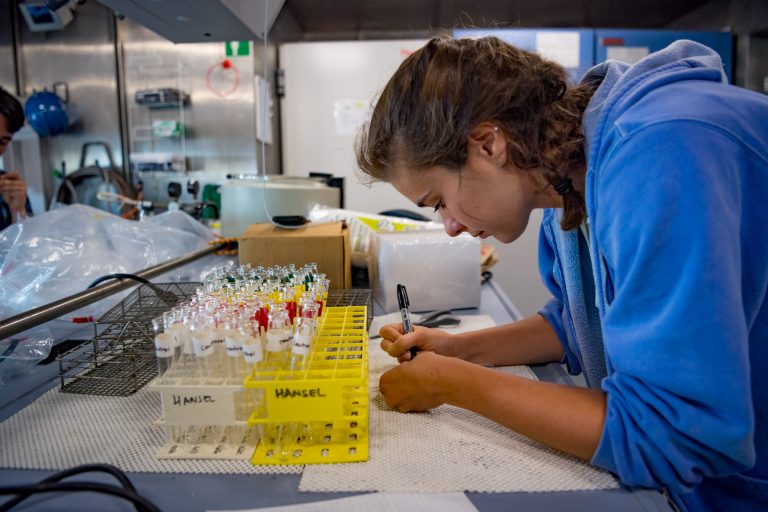
A Fragile Complexity
Our focus on rising seafloor plumes of bubbles stems from the recognition that methane is an important player in the global atmosphere-climate system and the fact that the seafloor in many regions of the global ocean houses enormous amounts of it. However, the connection (if any) between seafloor methane and atmospheric levels of methane is complex. In fact, most methane in seafloor sediments is transformed into bicarbonate or carbon dioxide before even leaving the seafloor. Bubbles, however, represent a unique mechanism for more rapid release of methane directly into the water column as they emerge from the seafloor and begin rising. And as any child who has ever been captivated by rise of bubbles as they rise from the bottom of a pool knows, the movement of these bubbles is complex. In fact, their structure and composition also change as they rise.
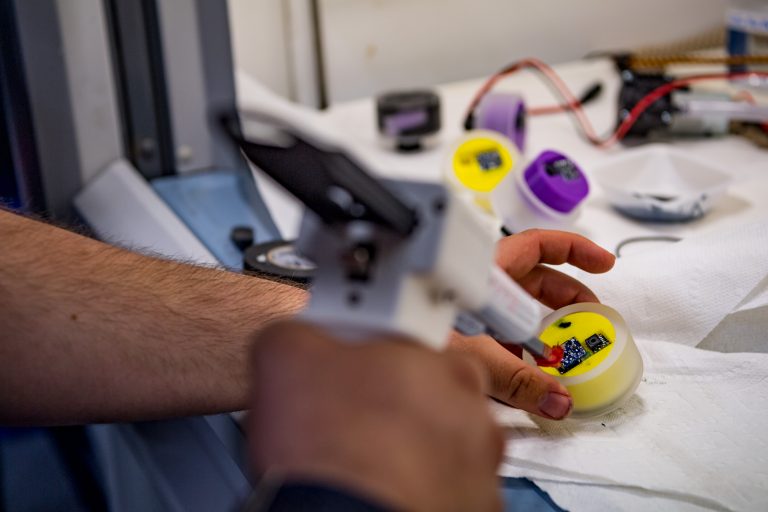 Here, off the coast of Oregon – although very far from the Caribbean – we will again work to analyze the composition of these rising bubbles over their upward course through the water column – now in an effort to ground-truth complex physical and chemical models of methane transport. All in an effort to improve our understanding of the role of these deep seafloor processes in the global system. We will encounter many of the same challenges in trying to conduct measurements of the chemical and physical properties of rising bubbles – all while remotely connected to the seafloor – using mass spectrometers, laser spectrometers and high-speed stereo cameras.
Here, off the coast of Oregon – although very far from the Caribbean – we will again work to analyze the composition of these rising bubbles over their upward course through the water column – now in an effort to ground-truth complex physical and chemical models of methane transport. All in an effort to improve our understanding of the role of these deep seafloor processes in the global system. We will encounter many of the same challenges in trying to conduct measurements of the chemical and physical properties of rising bubbles – all while remotely connected to the seafloor – using mass spectrometers, laser spectrometers and high-speed stereo cameras.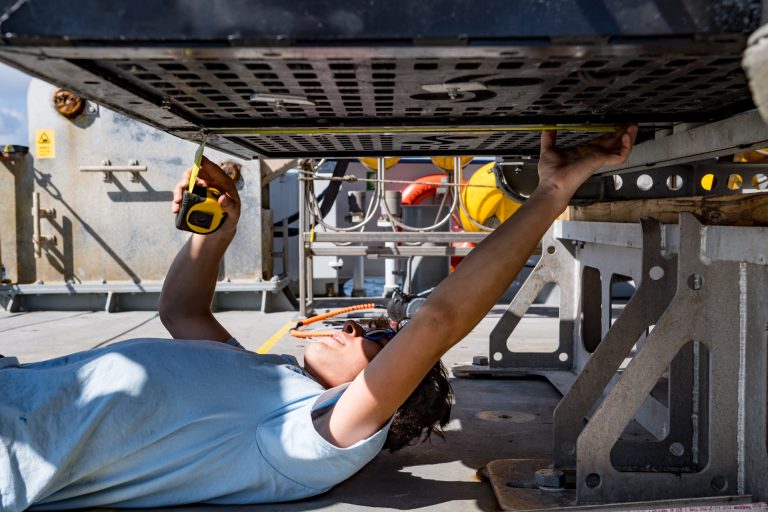
Goals
This cruise will involve a serious amount of challenging work with the ROV SuBastian, dozens of CTD casts for characterizing the water column above the seafloor sites of bubble emissions, as well as incubations of sediments for scrutinizing microbially-driven processes involving methane (before it even has the chance to leave the seafloor). We also plan on collecting samples of both sediments and larger organisms to better understand how this seafloor methane supports the seafloor biological communities and biogeochemical processes. Towards the end of the cruise, we also plan to deploy many of these instruments on a battery-powered benthic lander platform (ABISS) – demonstrating this platform as a freestanding, independent seafloor laboratory that we can communicate with over an optical modem link: that, is no strings or cables attached. Finally, we also plan to deploy a remotely operated surface vehicle (ChemYak) that will allow us to map sea-surface methane concentrations over larger areas above the same seafloor sites.
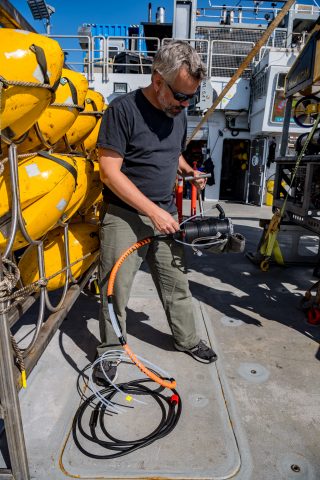 Squad
Squad
We are chemists, engineers, physicists, and biologists. Oceanographers. Our work focuses on many, many details. Detailed aspects of engineering, biology, chemistry and physics that both directly and indirectly relate to how and where the methane goes before and after it is released from the seafloor.
Details: The details of the planned activities we propose to carry out over the next several weeks are all important… all typically mission-critical… there are no hardware or chemical supply stores in the middle of the ocean… we plan, we make lists, we bring spare parts and back-ups – as well as back-ups of the back-ups.
Now it is showtime.
